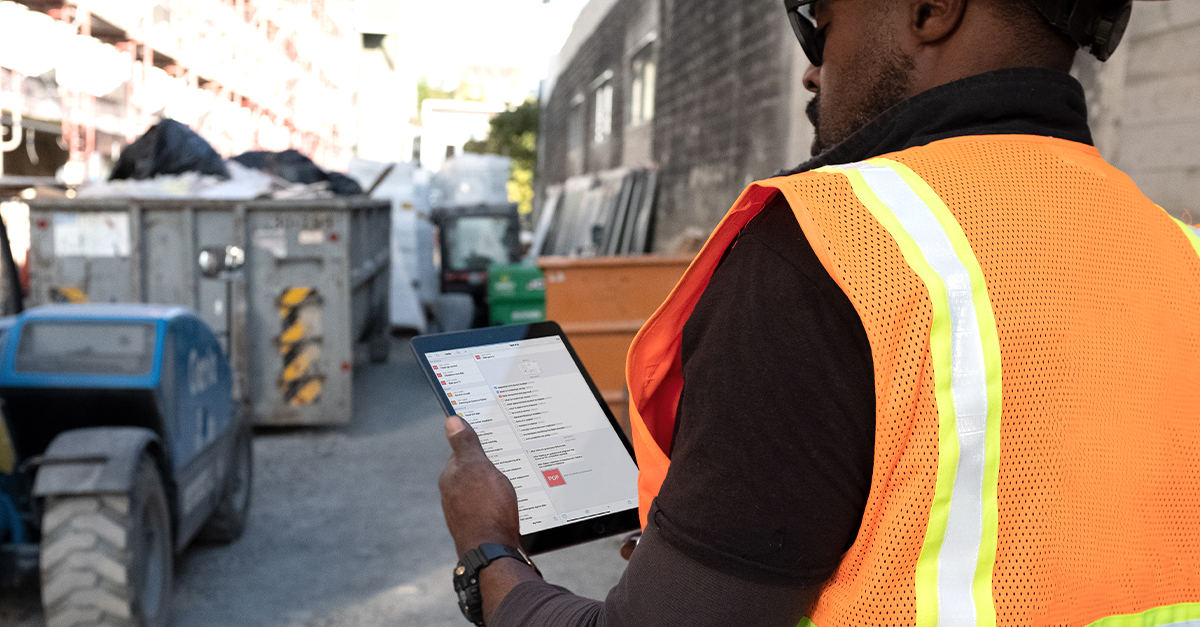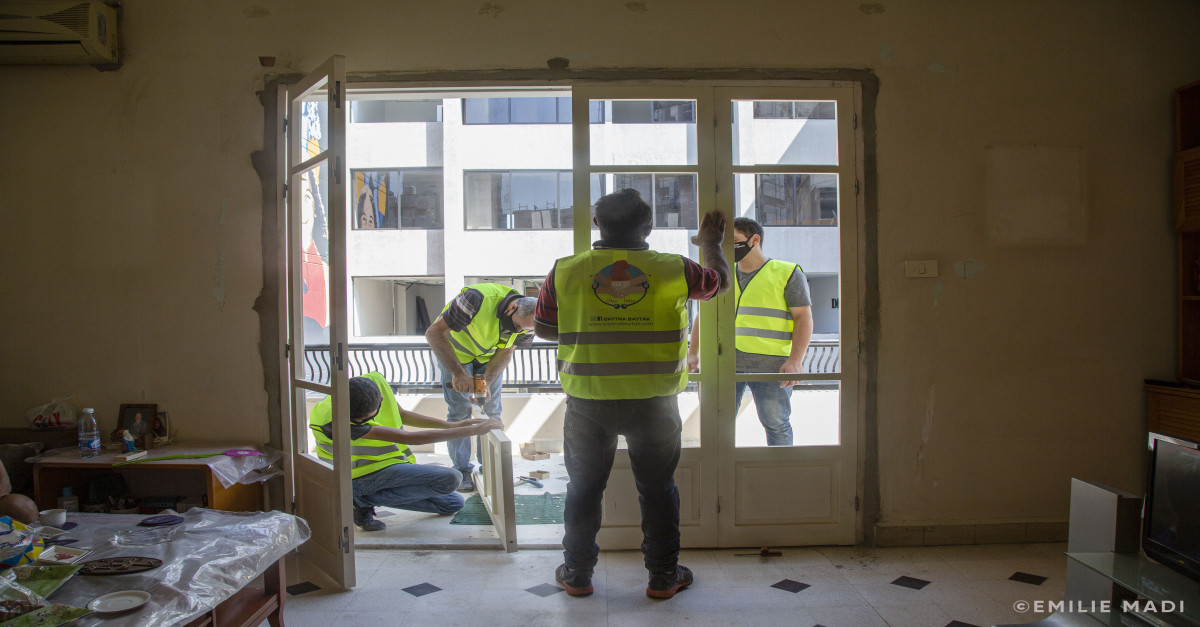How We Use Fieldwire: Blue Mountain Electric
 Washington State-based Blue Mountain Electric (BME) is a veteran-owned industrial and commercial electric company specializing in US military facility installations and design-build projects. BME makes extensive use of Fieldwire to ensure their projects — like the $50 million-dollar expansion of the Naval Air Station at Puget Sound’s Whidbey Island — are on schedule. But the successful electrical contractor also uses Fieldwire as part of its strategy to win jobs.
Washington State-based Blue Mountain Electric (BME) is a veteran-owned industrial and commercial electric company specializing in US military facility installations and design-build projects. BME makes extensive use of Fieldwire to ensure their projects — like the $50 million-dollar expansion of the Naval Air Station at Puget Sound’s Whidbey Island — are on schedule. But the successful electrical contractor also uses Fieldwire as part of its strategy to win jobs.
President Nathan Howat explains how showing up to a job walk with Fieldwire gives him an edge over his competition.
Bidding process
When I’m bidding on a job, I create a project in Fieldwire named something like “bidding-jobname.” I upload all the documents, so if there’s a 1000-page request for proposal (RFP), I upload the whole thing. Then I take the relevant pages — say, the three pages with the statement of work (SOW) — and load that as a Fieldwire plan, naming it “RFP-SOW.” I’ll also load and link the drawings and details.
On the job walk, I carry an iPad instead of a three-ring binder with all these sheets. The other guys bidding on the job are taking pictures with their phones, but all of those pics will look the same — they’re all pictures of panels and walls. Since I’ve loaded the floorplans into Fieldwire beforehand, I can take and drop photos exactly where I am on the plans.
What makes Fieldwire such a valuable tool is the ability to take photos and link to projects with the date and location data. I was looking for something like this for ten-to-15 years.
On a job walk, I can take photos and jot notes in Fieldwire. I can go to the scheduling of an electrical panel and drop a picture of the breakers onto it.
Text-based files as plans for linking
 Even if there aren’t drawings available before the job walk, I can use the SOW as a plan in Fieldwire. If there’s something about installing a receptacle in Room 142 in the SOW, I can take a photo when I’m in Room 142 and drop a linked pin to the text pertaining to it in the plan. I did a job walk at a Naval station where the SOW was 17 pages, reading, “Replace this light, replace this light, add a control switch in this room, etc.” In Fieldwire, I could describe a room, take pics, and associate all that to one sentence in the SOW.
Even if there aren’t drawings available before the job walk, I can use the SOW as a plan in Fieldwire. If there’s something about installing a receptacle in Room 142 in the SOW, I can take a photo when I’m in Room 142 and drop a linked pin to the text pertaining to it in the plan. I did a job walk at a Naval station where the SOW was 17 pages, reading, “Replace this light, replace this light, add a control switch in this room, etc.” In Fieldwire, I could describe a room, take pics, and associate all that to one sentence in the SOW.
Then I export the plan (the marked-up SOW doc) with all of its photos and links — and add and assign tasks for my coordinators and estimators. They can go straight to the pages in the SOW that are pertinent to them, so they don’t have to go through thousands of pages. They can add their bids and close it out.
Even for a job site without drawings, like the roof of a 1,000-square-foot hospital, I can grab a Google Earth image, add it to Fieldwire as a plan, and drop photos from the job walk into the right spots.
Before Fieldwire, I would go out with a digital camera to take pictures on-site, then go back to my office and load all the images to a computer. There would be 10,000 folders with all kinds of names for the same project. It was just a mess. I bid on about four-to-five jobs a month, sometimes more, and bidding meant working after-hours from home trying to get them done.
More wins, less busywork
The time I save with Fieldwire gives me the confidence to take on more jobs. In the past, new job opportunities meant more administrative work for me. Now we have a system and a process. I can bid on more work and be more efficient on the jobs we win.

 Nathan Howat •
Nathan Howat • 
















